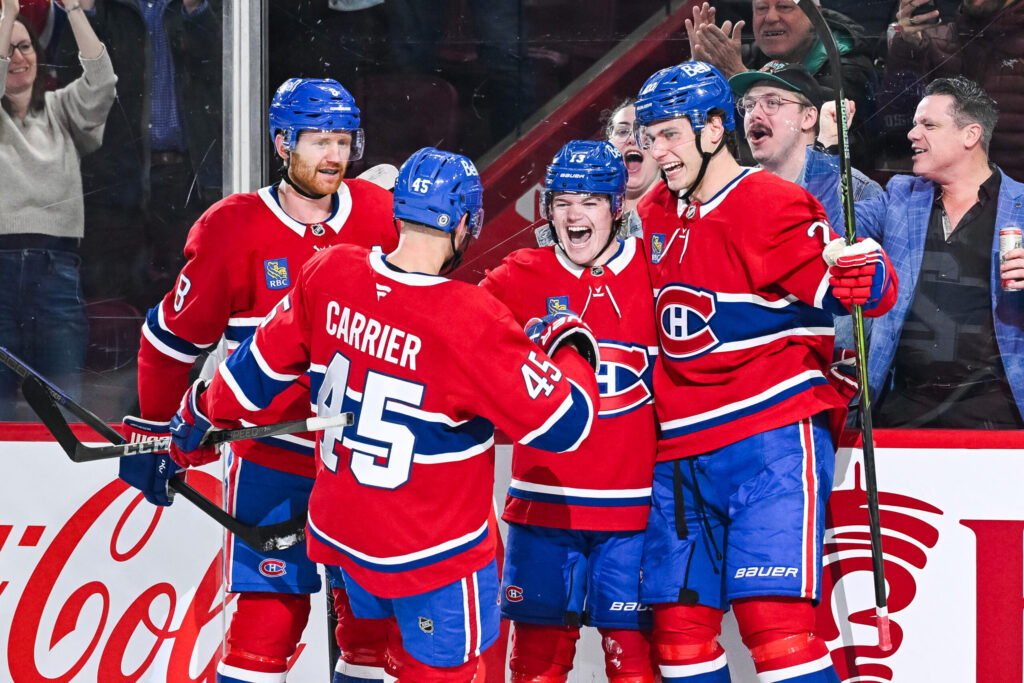The days of whispered promises and five-year plans in Montreal are officially over. After a surprisingly potent 2024-25 campaign that saw them crash the playoff party, General Manager Kent Hughes has pushed his chips to the middle of the table. The message sent by an aggressive offseason is clear: the rebuild is over, and the era of contention has begun. Through savvy trades and targeted signings, the Canadiens have assembled a forward group that’s young, dynamic, and dripping with offensive potential.
The departures of depth veterans like Christian Dvorak and Joel Armia signal a changing of the guard, making way for a new wave of talent. The key acquisitions of skilled forward Zachary Bolduc and gritty veteran Sammy Blais, combined with the highly anticipated NHL debut of a Russian phenom and the hopeful return of a pure goal-scorer, have reshaped the offensive landscape in Montreal. Let’s break down the lines and see how this re-tooled arsenal is built to attack the 2025-26 season.
Also on the EDGE – 3 Cracks in the Foundation That Could Derail the Canadiens’ 2025-26 Season
Tried, Tested, and Terrific: The Untouchable Top Line
If it ain’t broke, don’t fix it. The top line of Cole Caufield, Nick Suzuki, and Juraj Slafkovsky remains untouched, and for good reason. This trio is the undisputed heartbeat of the team’s offense, a unit forged in the fires of the rebuild that has emerged as one of the league’s most promising young lines.
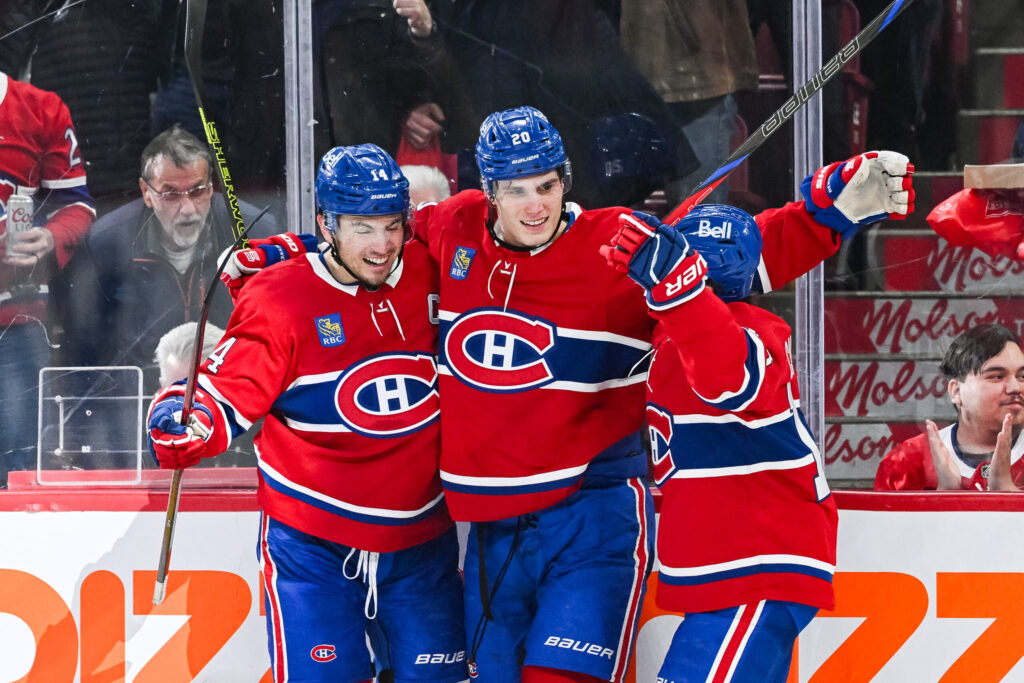
At 26, Captain Nick Suzuki is the veteran of the group, a masterful two-way center whose defensive responsibility provides the foundation for his linemates to freelance. His point totals have climbed steadily each year, so he may not have hit his ceiling yet. Flanking him is the elite sniper, Cole Caufield. Now 24, Caufield’s release is already legendary, and his chemistry with Suzuki is the engine of Montreal’s power play. Like his center, his production has consistently improved, and a 40-goal season feels less like a dream and more like an inevitability.
The wild card, if you can still call him that, is Juraj Slafkovsky. The 21-year-old former first-overall pick took monumental strides in the past two seasons, silencing critics and growing into his massive frame. After working on his shot over the summer, this season is about stability and refinement. Playing alongside two established offensive drivers, Slafkovsky won’t be expected to carry the load, allowing him to round out his game. While we might see small, crucial improvements rather than a jaw-dropping offensive explosion, his continued development is key to elevating this line from very good to truly elite.
The Ultimate High-Risk, High-Reward Trio
This is where things get really interesting. The projected second line of Patrik Laine, Kirby Dach, and Ivan Demidov is perhaps the most intriguing in the entire league—a trio with the potential to be an offensive juggernaut, but one that comes with its own set of pressing questions.
The biggest “if” revolves around Patrik Laine. Acquired to be the game-breaking scorer the team has long craved, Laine enters the final year of his contract with a massive opportunity. Montreal is betting he can rediscover the 40-goal form that made him a star in Winnipeg. The good news? He doesn’t have to be the guy here. Surrounded by elite playmakers in Dach and Demidov, his role will be simplified: find open ice and unleash his lethal shot. It’s a high-leverage gamble, but one that could pay off spectacularly.
Also on the EDGE – Habs on Notice: 3 Players Who Need to Find Another Gear in 2025-26
The lynchpin holding this all together is Kirby Dach. Another season was cut short by injury, but thankfully it wasn’t a repeat of the devastating ACL/MCL tear that sidelined him previously. Dach’s health may very well be the single biggest factor in Montreal’s playoff hopes. When he’s on his game, like he was in 2022-23, he’s a dominant, puck-protecting force who elevates everyone around him. For Dach, the challenge is twofold: stay on the ice and regain the confidence to play on instinct rather than overthinking. If he can do that, he’s not just the engine of this line; he’s a prime breakout candidate for the entire league.
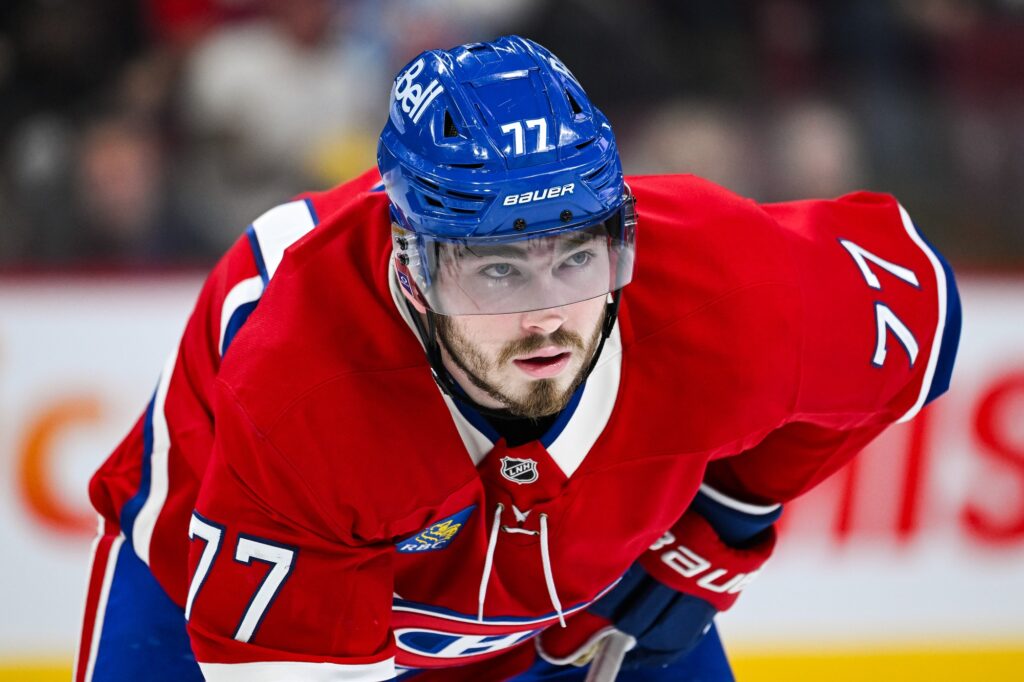
And then there’s the phenom. Ivan Demidov, the Canadiens’ crown jewel prospect, is set to make his North American debut, and the hype is deafening. The fifth-overall pick from 2024 arrives with a Calder Trophy campaign seemingly pre-ordained after utterly dominating the KHL. His creativity, skating, and goal-scoring instincts are off the charts. Management is clearly planning to give him every chance to succeed, placing him with skilled linemates and giving him prime power-play minutes. Demidov isn’t just a prospect; he’s viewed as a potential franchise-altering talent. Get your popcorn ready.
Speed, Grit, and Internal Competition
The third line is built to be a matchup nightmare, a blend of speed, physicality, and skill that should feast on opposing teams’ depth. While not set in stone, the projected trio of Zachary Bolduc, Alex Newhook, and Josh Anderson promises to bring energy and internal competition every single night.
The key new addition here is Zachary Bolduc, acquired in the bold trade that sent defensive prospect Logan Mailloux to St. Louis. Bolduc, a 2021 first-rounder, is coming off a fantastic rookie season where he potted 19 goals and 36 points. He’s highly skilled, plays a physical game, and is another breakout candidate who could push for a top-six role if his development continues on its current trajectory.
Also on the EDGE – Why Goaltending is No Longer the Canadiens’ Biggest Question Mark
Slotting into the middle is Alex Newhook. This third-line role should be a perfect fit, allowing him to leverage his elite speed and skill against lesser competition without the pressure of top-six defensive responsibilities. His versatility is a huge asset—he can play any forward position and his offensive instincts could even make him a dangerous penalty-killing option.
On the wing is the freight train, Josh Anderson. Anderson has found his niche as a big, fast, and physical presence who can change the complexion of a game with a single rush. Paired with the speed of Newhook and the tenacity of Bolduc, this line will be relentless on the forecheck and incredibly difficult to play against. The only question mark is finishing ability, a past bugaboo for both Anderson and Newhook. If they can find consistency in that department, this line will be a force.
The Dirty Work Brigade
A team’s fourth line can’t just be a collection of spare parts; it needs an identity. Montreal’s bottom unit is built to be a shutdown, energy-providing, penalty-killing machine. Comprised of hard-working veterans and a defensively responsible rookie, this is the line that will be trusted to protect leads and grind down opponents.
The glue of the unit is Jake Evans. A steady, reliable defensive center, Evans was part of one of the league’s better penalty-killing duos last season and has a knack for contributing to shorthanded goals. He’s the anchor. Providing the heart and soul is Brendan Gallagher. Even as he ages, Gallagher’s motor never stops running. His leadership is invaluable, and if he remains healthy, he’ll be the vocal, emotional core of the bottom six.
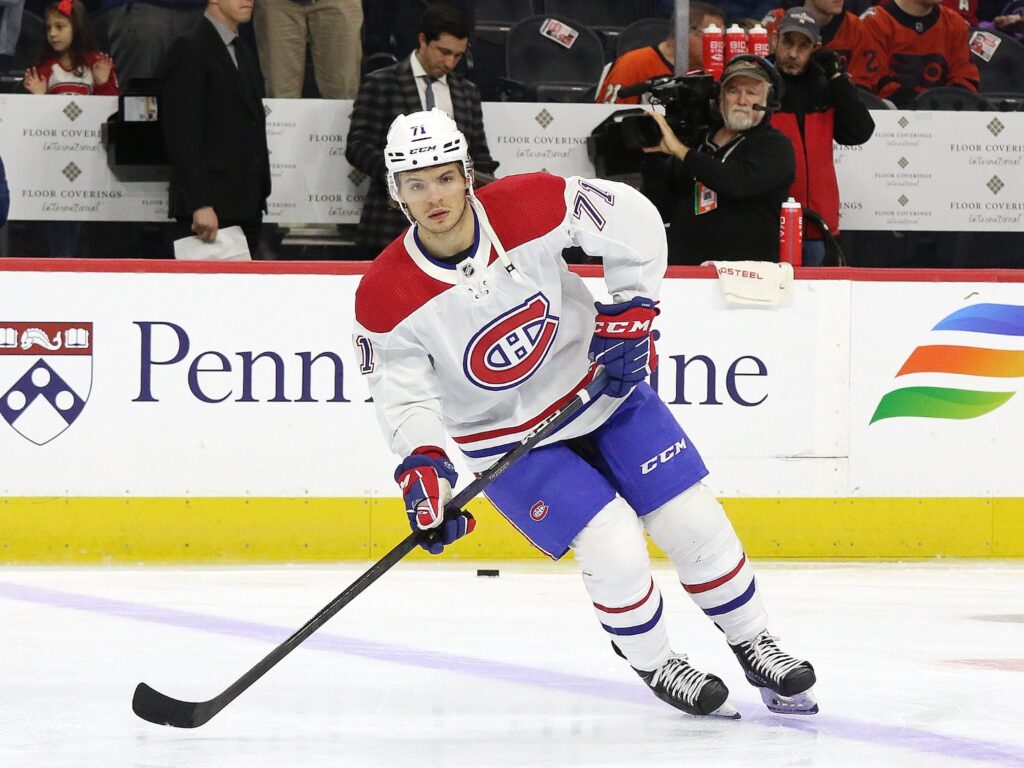
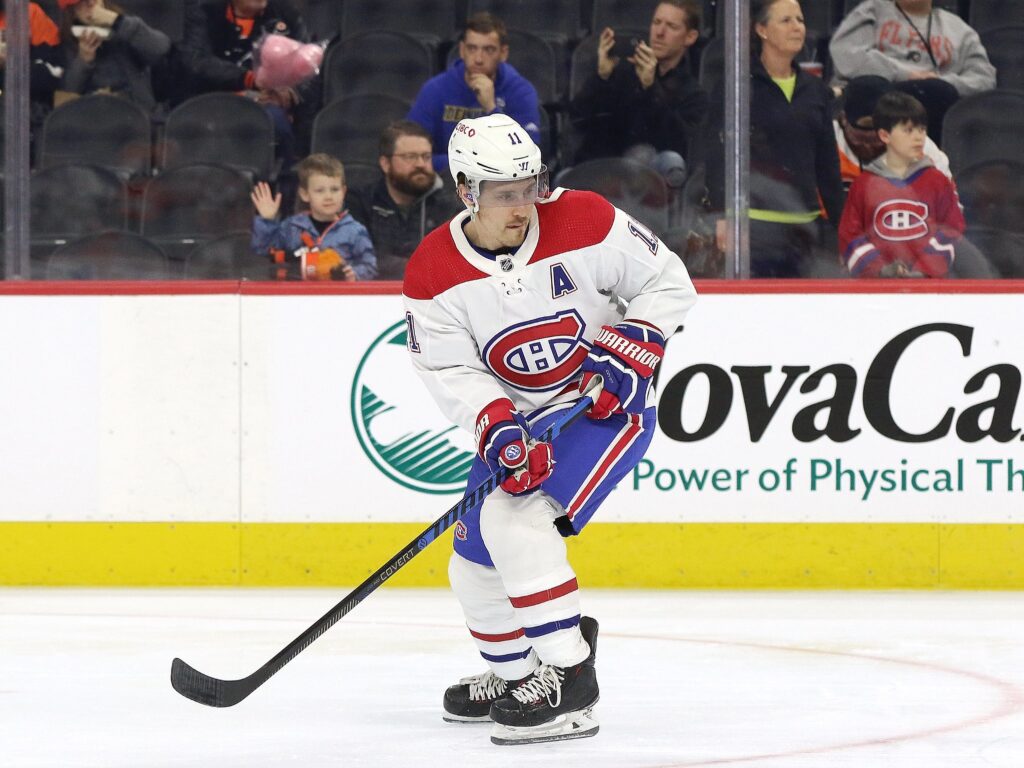
The third spot is up for grabs, but rookie Owen Beck seems poised to claim it. While a natural center, his path to the NHL roster is on the wing, where his exceptional hockey sense, faceoff prowess, and penalty-killing acumen can be put to immediate use.
However, Beck will be pushed. Oliver Kapanen, entering his first full season in North America, is an underrated contributor whose speed, grit, and transition play make him a perfect depth piece. Likewise, Joshua Roy has already proven he can hang in the NHL with his high hockey IQ and well-rounded offensive game. This internal battle will ensure that whoever wins the job has truly earned it.
Reinforcements and Roster Battles
For the first time in years, the Canadiens boast legitimate depth, with a host of players ready to step in and compete for ice time. Sammy Blais begins the year as the 13th forward, a perfect role for a player who brings size, grit, playoff experience, and the versatility to play anywhere in the bottom six.
Pushing from Laval will be prospects like the aforementioned Kapanen and Roy. Don’t sleep on Florian Xhekaj, either. After a strong rookie AHL season where he combined his trademark physicality with surprising offensive instinct, he’s a dark horse candidate to win a fourth-line job with a strong camp.
Also on the EDGE – From Rebuild to Reloaded: The Young Guns Powering the Canadiens’ New Era
This depth creates a healthy competition that will raise the level of play for the entire group. Young centers will be forced to embrace penalty-killing roles to crack the lineup, and players on the fringe will know that a poor stretch of games could land them in the press box. It’s the kind of problem good teams have, and it’s a problem Montreal is finally happy to have. The pieces are in place. The ambition is clear. Now, it’s time to see if this high-octane mix can launch the Canadiens into a new orbit.
Created with the aid of Gemini AI
